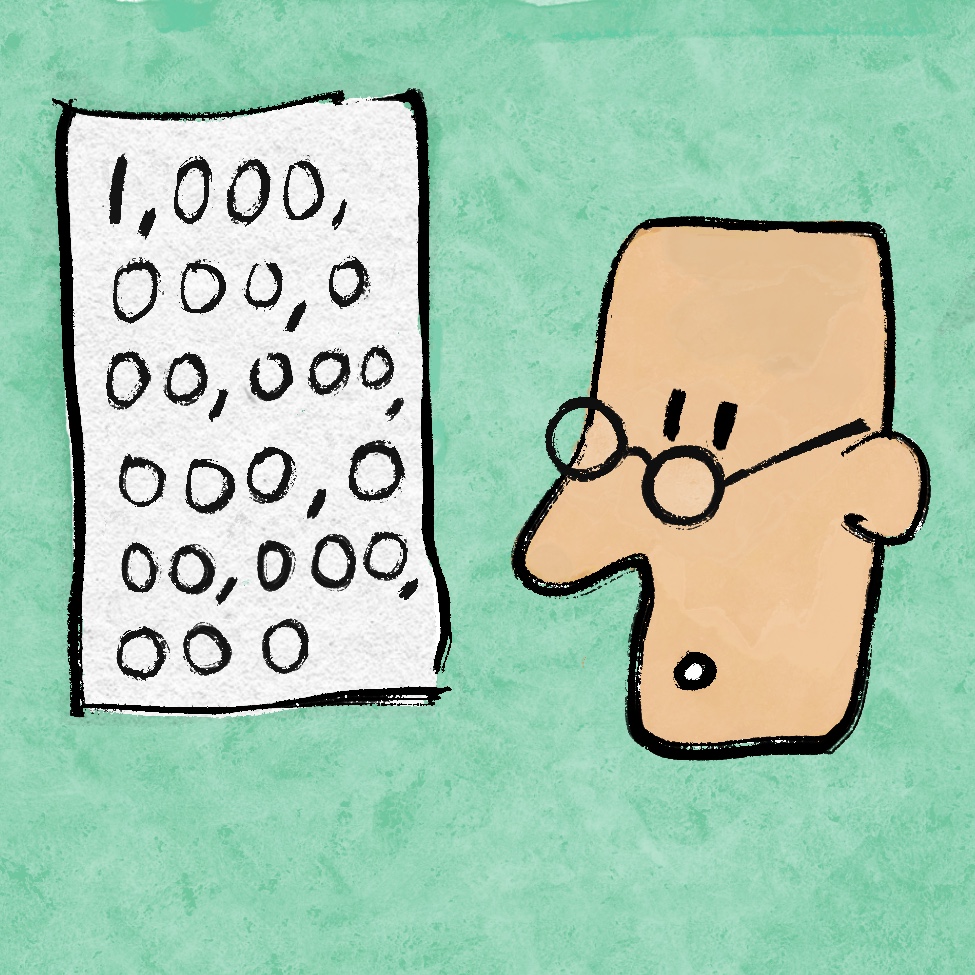May 4, 2020
Word Wise: Number Puzzles
By Richard Medhurst
 This column often looks at cases where the same concept is expressed differently in Japanese and English. This is a particular issue when it comes to terms related to numbers. For starters, the numerical system in Japan of counting by ten thousands (万, 億, 兆) can trip up the unwary. One pitfall is not noticing a missing column, such as misreading 1兆234億 as 1.234 trillion rather than the correct 1.0234 trillion. Where possible, it is best to check the numbers as figures if they are available in a table or graph, or via a quick search online.
This column often looks at cases where the same concept is expressed differently in Japanese and English. This is a particular issue when it comes to terms related to numbers. For starters, the numerical system in Japan of counting by ten thousands (万, 億, 兆) can trip up the unwary. One pitfall is not noticing a missing column, such as misreading 1兆234億 as 1.234 trillion rather than the correct 1.0234 trillion. Where possible, it is best to check the numbers as figures if they are available in a table or graph, or via a quick search online.
Such a check often helps in devising a more natural way to express the numbers in English. With dates, an event could be described as taking place in the 江戸時代. If there are several historical references, it may be worth mentioning and defining the Edo period, but if it is easy to confirm, it might be preferable to narrow down the occurrence of the event to, for example, the early eighteenth century. If two things described as happening in the 昭和30年代 actually took place in 1961 and 1963, “the early 1960s” is better than “between 1955 and 1964” or some similarly cumbersome phrase.
Acceptable levels of precision can differ, although this is regularly a judgment call. The phrase 数十 is defined in some dictionaries as around 20 or 30 to 60, and can be rendered as “dozens,” but a more exact figure, if available, may fit the context better. A 割 equals 10 percent, but is commonly used as a rough approximation. A割 equals 10 percent, but is commonly used as a rough approximation. If I see 3割 (30 percent), yet know the percentage being referred to is actually 28 percent, I would generally prefer to use that—unless in a headline, where some simplification is usual.
On the other hand, Japanese numbers sometimes appear to me too precise by the conventions of English. In running text for general readers, a comparison between 1.3 million and 1.8 million people appears easier to grasp quickly than between 1,282,789 and 1,809,784, especially in a paragraph packed with other numbers.
Checking against the actual figures helps prevent translation errors. It also prompts consideration of the best way to naturally present the information in English. If you have anything to add, please comment below or on the Facebook group page (member approval required).
(Illustration: Stuart Ayre)

Comments:
There are no comments for this article yet.
Add your comment:
If you are a SWET member, log in to post a comment immediately. Comments are moderated for non-members.